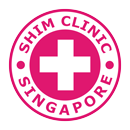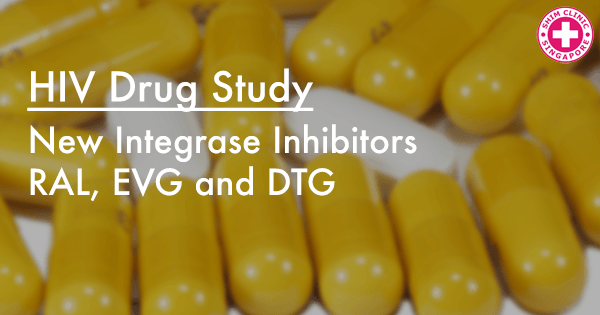Developing an effective preventive HIV vaccine and a cure is still a major goal in the HIV field. Currently, there are antiretroviral drugs available greatly helping in preventing and managing HIV. However, the tolerability and efficiency of these antiretroviral drugs is very important if the drugs are to work sufficiently. For this reason, scientists are always looking for ways to improve these drugs. A new second generation of integrase that has shown to be superior in preventing and managing HIV have recently been approved.
New Options for Pre and Post-Exposure Prophylaxis
Even though there have been major improvements in antiretroviral treatment, about 2 million new HIV-1 infections are reported worldwide every year. In order to succeed in attaining a remarkable reduction in HIV-1 cases, multiple prevention measures have been recommended. Such measures include biomedical interventions targeting HIV-1 free individuals. This means that antiretroviral drugs (ARVs) are to be provided to such people as post-exposure (PEP) prophylaxis or pre-exposure (PrEP) prophylaxis. Another measure is to consider PEP for healthcare workers who are at risk of occupational exposure to HIV.
A recent study by The NEXTAIM Project published in the New Microbiologica gathered the opinions of several experts on the efficiency and safety of the recently approved second generation of integrase inhibitors and, of most importance, the role of this new class of drugs in antiretroviral therapy. The new inhibitors approved are RAL, EVG and DTG.
The researchers describe available findings for the potential role of HIV integrase inhibitors when used as PEP and PrEP. Past studies have revealed associations of some integrase inhibitors with toxicities such as renal and bone. Some patients have also suffered resistance to some integrase inhibitors therefore affecting the effectiveness of PEP and PrEP. According to evidence presented, the new second-generation integrase inhibitors such as the optimal PrEP agents, are safe, bearable, penetrate easily and provide efficient protection against HIV-1 infection. These integrase inhibitors are also, long-lasting, have a convenient dosing, contain very few or in some cases no drug-drug interactions, are affordable and also very easy to use and carry through.
According to findings of the study, RAL is generally safe, tolerable and has few drug-drug interactions. In the treatment of patients who have not received any treatment before, DTG is the only antiretroviral for which no resistance has been discovered. These DTG unique properties can be of high use as a public health strategy aiming at reducing or curbing HIV-1 spread.
When it comes to PEP and PrEP, the right drug is the one that prevents the infection of cells when an individual is exposed to HIV, or at least stop the replication cycle of the virus. When selecting the right ARV for both PEP and PrEP, STD clinics have to consider safety, tolerability, sufficient penetration into patient’s target tissues, easy dosing and few drug-drug interactions. Currently available inhibitors have a lot of these characteristics making them ideal agents and have been recommended as first-line regimens for PEP. Unfortunately when it comes to PrEP ARVs are still a bit problematic but scientists are working hard to develop new agents and so far there are promising results and might represent a new option in HIV1 prevention.
Take a look at the study paper here: http://www.newmicrobiologica.org/PUB/allegati_pdf/2015/4/443.pdf

